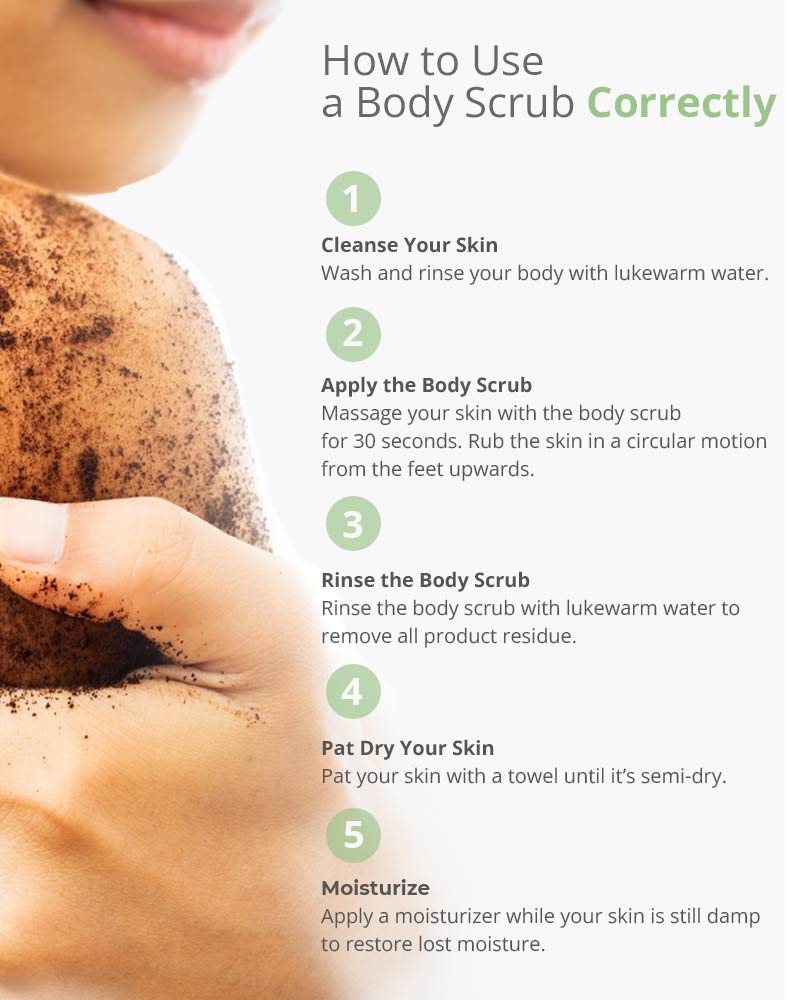Time to Shine: Mastering Exfoliation
Exfoliation is a key step in any skincare routine, and when done correctly, it can leave your skin looking radiant and refreshed. But how do you know when to exfoliate and how to do it correctly? In this article, we will delve into the basics of exfoliation and share some tips on mastering this important skincare step.
First, let’s talk about when to exfoliate. The frequency of exfoliation can vary depending on your skin type, but in general, most experts recommend exfoliating 1-3 times a week. If you have sensitive skin, you may want to exfoliate less frequently, while those with oily or acne-prone skin may benefit from more frequent exfoliation. It’s important to listen to your skin and adjust your exfoliation routine accordingly.
Next, let’s discuss how to exfoliate correctly. There are two main types of exfoliation: physical and chemical. Physical exfoliants, such as scrubs or brushes, work by physically sloughing off dead skin cells. Chemical exfoliants, on the other hand, use acids like alpha hydroxy acids (AHAs) or beta hydroxy acids (BHAs) to dissolve dead skin cells.
When using a physical exfoliant, it’s important to be gentle with your skin. Avoid using harsh scrubs that can cause irritation or damage. Instead, opt for a gentle exfoliant with smooth, rounded particles that won’t scratch or tear your skin. Use light pressure and circular motions to gently buff away dead skin cells, revealing brighter, smoother skin underneath.

Image Source: vibrantskinbar.com
If you prefer chemical exfoliants, be sure to choose the right one for your skin type. AHAs like glycolic acid are great for dry or sun-damaged skin, while BHAs like salicylic acid are better for oily or acne-prone skin. Start with a lower concentration and gradually increase as your skin becomes more accustomed to the exfoliant.
Regardless of which type of exfoliant you choose, be sure to follow up with a good moisturizer to hydrate and nourish your skin. Exfoliation can leave your skin feeling dry or sensitive, so it’s important to replenish moisture to keep your skin healthy and balanced.
In addition to regular exfoliation, it’s also important to pay attention to the specific needs of your skin. If you notice any redness, irritation, or breakouts after exfoliating, it may be a sign that you are over-exfoliating or using the wrong product for your skin type. Take a step back and reevaluate your exfoliation routine to ensure that you are taking the best care of your skin.
Overall, exfoliation is a crucial step in any skincare routine, but it’s important to do it correctly to avoid damaging your skin. By listening to your skin, choosing the right products, and following a consistent routine, you can master the art of exfoliation and achieve a healthy, glowing complexion. So go ahead, it’s time to shine with beautifully exfoliated skin!
Glow Getter: The Art of Skin Renewal
Exfoliation is a crucial step in any skincare routine, as it helps to remove dead skin cells, unclog pores, and reveal a brighter, smoother complexion. However, knowing when and how to exfoliate correctly can make all the difference in achieving glowing, healthy skin.
When it comes to exfoliation, timing is everything. It’s important to pay attention to your skin’s needs and adjust your exfoliation routine accordingly. For most people, exfoliating 2-3 times a week is sufficient to maintain smooth, radiant skin. However, if you have sensitive skin or certain skin conditions, you may need to exfoliate less frequently to avoid irritation.
One key factor to consider when determining the timing of your exfoliation routine is the type of exfoliant you’re using. There are two main types of exfoliants: physical and chemical. Physical exfoliants, such as scrubs or brushes, work by physically sloughing off dead skin cells. Chemical exfoliants, on the other hand, use acids like glycolic or salicylic acid to dissolve dead skin cells.
If you’re using a physical exfoliant, it’s best to exfoliate in the evening to allow your skin to recover overnight. On the other hand, if you’re using a chemical exfoliant, you may want to exfoliate in the morning to take advantage of the skin-renewing benefits throughout the day.
Regardless of the type of exfoliant you choose, it’s important to listen to your skin and adjust your routine as needed. If you notice any signs of irritation or redness, dial back the frequency of your exfoliation or switch to a gentler formula.
Now that you’ve got the timing down, let’s talk about how to exfoliate correctly. Start by cleansing your skin to remove any dirt, oil, or makeup. This will ensure that your exfoliant can penetrate deeply and work effectively. Next, apply a dime-sized amount of exfoliant to your fingertips and gently massage it onto your skin in circular motions. Be sure to avoid the delicate eye area and any open cuts or sores.
When it comes to physical exfoliants, it’s important to use a light touch to avoid damaging the skin. Let the exfoliant do the work for you, and resist the urge to scrub too hard. With chemical exfoliants, be sure to follow the instructions on the product packaging to avoid over-exfoliating.
After exfoliating, be sure to follow up with a hydrating moisturizer to replenish your skin’s moisture barrier. This will help to soothe any irritation and keep your skin looking plump and healthy.
In conclusion, exfoliation is a key step in achieving glowing, healthy skin. By paying attention to your skin’s needs and adjusting your routine accordingly, you can achieve a smoother, brighter complexion. Remember to choose the right exfoliant for your skin type, exfoliate at the appropriate time, and follow up with a hydrating moisturizer. Your skin will thank you for it!
Exfoliation: How Often and How to Do It Right